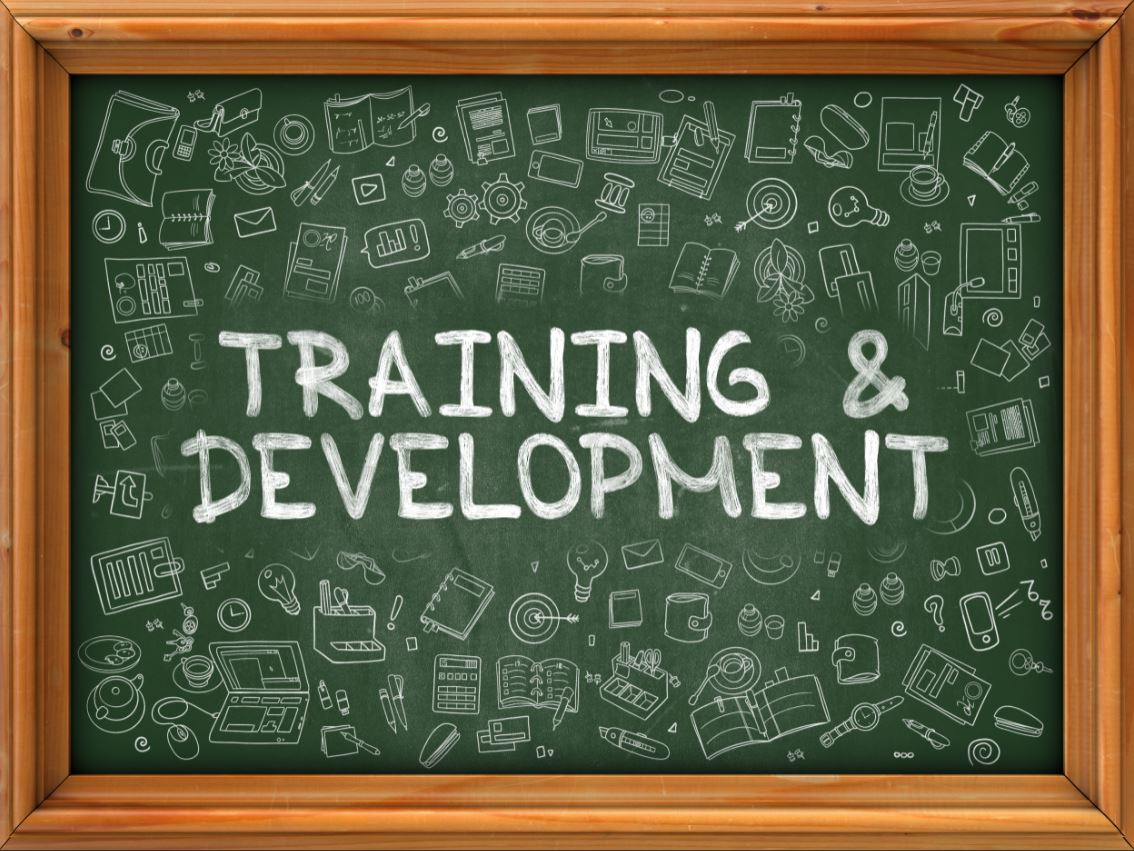How to Get the Most from Your Training Budget
During the financial crisis, many organisations slashed their training budget, classifying this business requirement as ‘discretionary spend’.
 Tashatuvango/Shutterstock.com
Tashatuvango/Shutterstock.com
The classification of training as ‘discretionary spend’ is certainly a topic for further investigation on another day. However, as companies began to re-emerge from the cost constraints that governed their businesses in the years following the financial crisis, we are, thankfully, seeing a marked increase in training budgets.
Forbes outlined that corporate training budgets in the US grew by 15 per cent in 2014, the steepest increase in the last seven years, to over $70 billion USD.
Many organisations have cited skills and competency gaps as the key inhibitors to corporate progress. The severe cuts to training budgets during the Global Financial Crisis recovery period have surely contributed to this problem.
Maximise Your Training Budget
However, as training budgets start to creep upwards once again, how can procurement teams ensure that they are getting most bang for their buck when it comes to corporate training?
1. Determine your budget
It’s important to start with some pragmatic goals around what your organisation is looking to get from it’s training program. Once you have done this, you can then set a budget that will allow you to achieve these goals. Setting a firm training budget and objectives also eliminates the possibility of scope slippage and increases in unplanned spend.
2. Determine where to focus
Successful training is targeted training. There is no point in delivering high-level category management training to a workforce that lacks a sound understanding of the basics. Training needs should be identified at a personal level and should make up part of a broader development and HR planning process. Once the focus areas have been determined the task of prioritising can begin.
3. Before going external, look internally
There is likely a wealth of knowledge that lies within your procurement team. Facilitating and promoting knowledge sharing sessions benefits your firm in two ways. Firstly, you save precious money for other training initiatives. Secondly, at the same time you give your team an opportunity to show their skills and expertise to their colleagues.
4. Understand the external offerings
This one seems simple, but you need to do your research. There are numerous procurement training providers out there. Some are good, others not so good. It’s important to understand what your goals are and search for the most effective and well-regarded providers to help you meet these needs.
5. Train one, teach many
This process involves sending one staff member to a training course and holding knowledge sharing or training session when they return. This way, the lessons learned by one staff member can be amplified to your entire team. It’s a lot more cost effective than sending everyone on the same course.
6. Consider the benefits of eLearning
If your training budget is tight, then you need to look for a way to maximise Return on Investment. There is a wealth of training available on online platforms such as Lynda.com and Procurious. Most of this training is free and comes from some of the top names in education. There is also a potential saving when it comes to time out of the office for employees, and on travel and expenses.
7. Measure what happened
Do you want your training budget to increase next year? The quickest way to make that happen is to prove the effectiveness of the training you undertook this year. Investing in people is the quickest route to success, but if you are unable to track and measure these improvements, promoting the benefits of training becomes a far harder task.
These are just some easy steps you can take to ensure that you are getting the most out of your budget, while still providing the required level of training for employees.
Many employees now cite development opportunities as a reason for looking for or starting a new job. It’s important that your organisation isn’t the one missing out, and by ensuring the availability of quality training, you can work to keep hold of your star players.